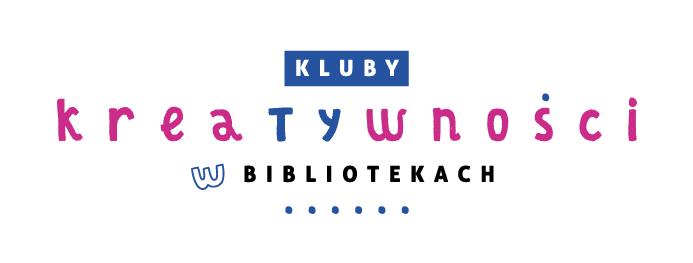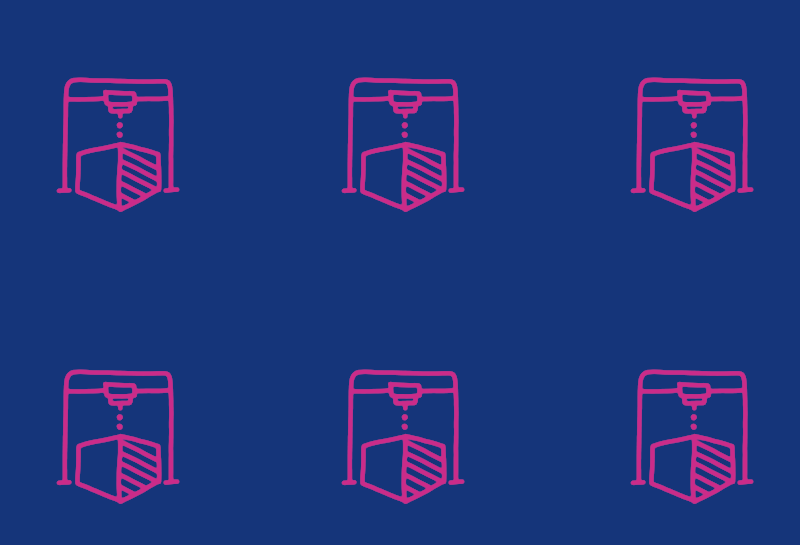Why making in libraries?
WHY MAKING IN LIBRARIES?
Worldwide, public libraries are evolving in response to the changing needs of their communities and the rapid growth of ICT tools and access. At the same time, we see community members more interested in creating content or goods for themselves or others, not just “consuming” them. To stay relevant in this changing space, libraries are exploring new ways to attract new (or engage existing) users and meet community needs, including the development of new programs, partnerships, services, and service-delivery methods for their communities.
Many public libraries are embracing the ideas of maker or creation culture. At first glance, this may look like a completely new, revolutionary library model, but – in fact – it is something many libraries may already be doing. Take a closer look with us below, and we think you will agree that the missions and values of the maker movement and the public library movement are well-aligned and ready for collaboration. Dig-in – let’s make in libraries!
LIBRARIES – A PERFECT 21TH CENTURY MAKER SPACE
Before the digital revolution, the primary role of the library was to store accumulated knowledge of the past, which had been preserved in sources and formats available at that time. By doing so – and by providing access to collections, catalogs or data bases along with the assistance of skilled professionals – libraries have always supported learning, the sharing of information, and the building of knowledge. They have also played a major role in supporting literacy skills, ranging from basics like reading and writing, to more complex competencies like using tools to search for, analyze, and assess information.
Public libraries have offered – and continue to offer – all of these services to the general public, allowing them to bridge social and literacy gaps, defend democratic values, and combat inequalities. As a result, libraries empower individuals and whole communities. Libraries have evolved over time (implementing new services, new information formats, and new educational activities), but – even in today’s digital world – their mission and values are the same: providing resources, access and assistance to help people learn and understand the world. The big change is that – in the digital world – people learn, are trained, share knowledge, create, and use information in a new variety of ways. And technology plays a crucial role in this 21st century learning and in the 21st century economy.
WHERE LIBRARIES AND MAKERS MEET
New skills and new literacy are needed in a world where information is available in numerous formats accessible via digital media, services, and tools. Systems of formal education do not necessarily support this kind of literacy, because large systems are historically slower to adapt to big changes. Yet, digital skills are essential today – not only on the job market – but in almost every aspect of life. Increasingly, more advanced technological competences such as coding, mobile or web design, and practical STEM (Science Technology Engineering & Math) skills will be needed to be successful in the new economy. These competencies and skills can be acquired in the library!
And this is where libraries and makers cross paths. Makers (or anyone collaboratively creating physical or digital content) represent a culture of learning through creation. Their values, like libraries’ values, include open access to knowledge, skills, and data sharing. Makers can benefit from the physical space, facilities, and resources that libraries provide. And libraries need partners to help them develop new, relevant services to meet the evolving needs of their communities. Libraries can also benefit from the willingness of makers to share their knowledge, skills and ideas to help others.
For many people, libraries have lost some of their appeal as places to look for information or engage with culture. Competition is high, and books – which are still perceived as a core ‘product’ of libraries – are cheaply and easily found elsewhere (in both analogue and digital formats). But collaborative, ‘connected’ learning – engaging people in creative activities and combining these with access to a library’s resources and facilities – may be a niche public libraries can successfully fill. Particularly those that are already playing the role of a ‘third place’ – a neutral and attractive venue used for meetings, leisure-time activities, cultural programs and informal, life-long education.
Making and creation culture means learning by doing, through trial-and-error, exploration, problem-solving, and practical application. It involves collaboration, information-sharing, and spontaneity. It also means Do-It-Together instead of Do-It-Yourself, and knowledge production instead of only knowledge consumption. By embracing maker culture and incorporating it into their services and programs, libraries may easily facilitate learning in a dynamic and digital world. These kinds of educational activities may appeal strongly to young people since there is no pressure and competition involved (or at least, there does not have to be). It is perfectly ok to err and fail in maker culture, and it means making – even when one is learning – can be a lot of fun! There is great alignment between the maker/creation culture and the the core mission of the library, meaning that opportunities – both for libraries and for makers – are endless.

